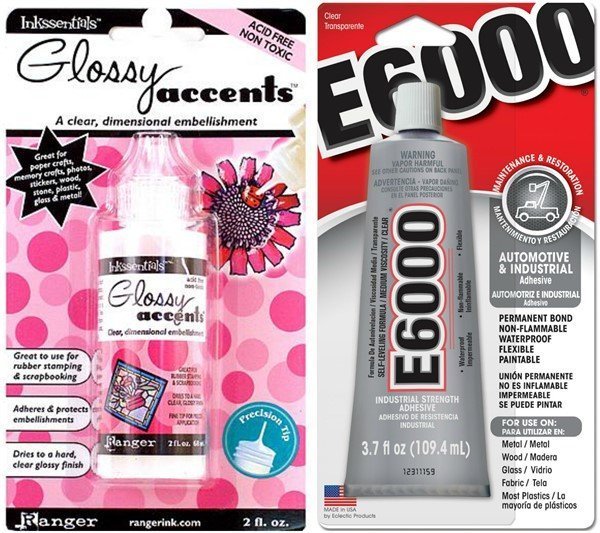
Attaching fabric to metal can seem like a daunting task, but with the right glue and technique, it’s achievable and opens up a world of creative possibilities. Whether you’re reupholstering furniture, crafting unique accessories, or tackling a DIY project, knowing how to securely bond these two materials is essential. This article will guide you through the best glues for fabric to metal bonding, providing insights into their properties and application techniques.
This comprehensive guide will explore various adhesive options, from strong epoxy to flexible fabric glue, helping you choose the perfect solution based on your project’s needs. We’ll delve into surface preparation, application techniques, and tips for achieving a lasting bond that withstands wear and tear.
Best Glues for Fabric to Metal Bonding
Choosing the right glue is crucial for successful fabric-to-metal bonding. Different adhesives offer varying levels of strength, flexibility, and durability, making it essential to select one that suits your project’s requirements.
Epoxy Glue: Known for its exceptional strength and durability, epoxy glue forms a rigid bond between surfaces. It’s ideal for projects requiring high resistance to stress and impact, such as attaching fabric to metal frames or structural components.
Fabric Glue: This type of adhesive is specifically designed for bonding fabrics together, but it can also be used effectively on metal surfaces. Fabric glue offers flexibility and stretch, making it suitable for applications where movement is involved, like upholstery or clothing embellishments.
Epoxy Glue for Strong Adhesion
Epoxy glue stands out as a top choice for fabric-to-metal bonding due to its remarkable strength and resistance to various environmental factors. It creates a rigid bond that can withstand significant stress and impact, making it suitable for projects requiring durability.
Advantages of Epoxy Glue:
- High Strength: Epoxy glue forms a strong, durable bond that resists breaking or separating under pressure.
- Water Resistance: Most epoxy glues are water-resistant, ensuring the bond remains intact even in humid environments.
- Chemical Resistance: Epoxy adhesives often exhibit resistance to chemicals and solvents, making them suitable for projects exposed to harsh substances.
Application Tips:
- Ensure both surfaces are clean, dry, and free of debris before applying epoxy glue.
- Mix the epoxy components thoroughly according to the manufacturer’s instructions.
- Apply a thin layer of glue to one surface, then firmly press the fabric onto the metal.
- Clamp or secure the bonded surfaces together until the epoxy fully cures.
Fabric Glue for Flexibility and Stretch
Fabric glue offers a more flexible bonding solution compared to epoxy glue. It’s designed to accommodate movement and stretching, making it ideal for applications where flexibility is crucial.
Advantages of Fabric Glue:
- Flexibility: Fabric glue allows for some degree of movement and stretch, preventing cracking or tearing at the bond line.
- Easy Application: Fabric glues are typically water-based and easy to apply with a brush or applicator.
- Wide Range of Colors: Many fabric glues come in various colors, allowing you to match the adhesive to your project’s aesthetic.
Application Tips:
- Test the fabric glue on a scrap piece of fabric first to ensure compatibility and desired adhesion strength.
- Apply a thin layer of glue evenly to the fabric surface.
- Gently press the fabric onto the metal, ensuring good contact.
- Allow the glue to dry completely according to the manufacturer’s instructions.
Preparing Surfaces for Optimal Bonding
Proper surface preparation is crucial for achieving a strong and lasting bond between fabric and metal.
Cleaning:
Thoroughly clean both surfaces with soap and water to remove any dirt, grease, or debris that could interfere with adhesion. Allow the surfaces to dry completely before proceeding.
Sanding:
Lightly sand the metal surface with fine-grit sandpaper to create a rougher texture that promotes better glue adhesion. Avoid sanding the fabric as it can damage its fibers.
Application Techniques for a Lasting Bond
Applying glue correctly is essential for achieving a strong and durable bond between fabric and metal.
Clamping:
After applying glue, clamp or secure the bonded surfaces together using clamps or weights to ensure proper contact and pressure during drying. This helps prevent air bubbles and promotes even glue distribution.
Drying Time:
Allow sufficient drying time for the glue to cure completely according to the manufacturer’s instructions. Avoid moving or handling the bonded object until the glue has fully hardened.
Conclusion
Mastering the art of gluing fabric to metal opens up a world of creative possibilities in crafting, upholstery, and DIY projects. By understanding the different types of adhesives available, their properties, and proper application techniques, you can achieve strong, durable bonds that withstand wear and tear. Remember to choose the right glue for your specific project needs, prepare surfaces thoroughly, and apply glue carefully for a lasting result.
